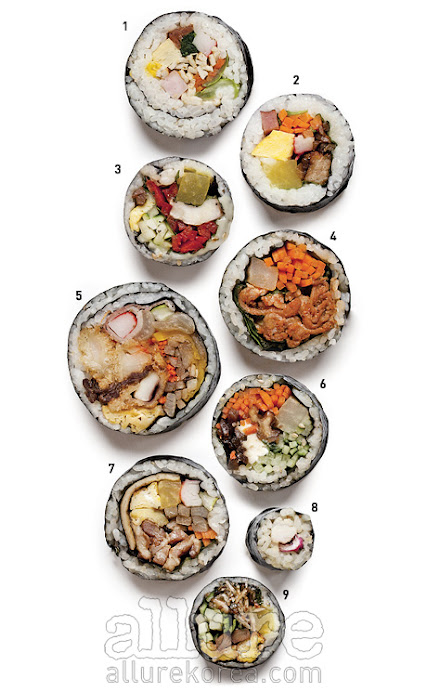A Korean story with the beauty of the seasons_Winter
It is the fourth and final season of the four seasons a year, generally from December to February, and is the season with the lowest temperature due to the lowest altitude of the sun. Winter seasonal customs fall from October to December according to the lunar calendar. Farming continues in October, but after sowing, growing, and harvesting seasons, winter enters the storage period. Winter in Korea is uneasy. This winter is predicted to be warmer than normal due to El Niño. September was the warmest month since 1973, when the Korea Meteorological Administration established an observation network across the country. In Seoul, for the first time in 88 years since 1935, a ‘September tropical night’ (September 4, a tropical night is a day with a nighttime minimum temperature of 25 degrees or higher) appeared. Temperatures seemed to continue to be record-high, but in October, as air from the Siberian high pressure began to flow into the Korean Peninsula, the temperature suddenly dropped. It is not unreasonable to say that ‘autumn has disappeared’. Due to the impact of the climate crisis, Korea's seasonal characteristics, which used to have four distinct seasons over the past 100 years, appear to be gradually fading away. According to 'Korea's 109-Year Climate Change Analysis Report' published by the Korea Meteorological Administration in 2021, spring and summer have become longer by 6 days and 20 days, respectively, over the past 30 years (1991-2020) compared to the past 30 years (1912-1940). On the other hand, fall and winter became shorter by 4 days and 22 days, respectively. The proportion of each season is said to have changed over the past 30 years from 23% to 25% in spring, 27% to 32% in summer, 20% to 19% in fall, and 30% to 24% in winter. In order to protect the winter, we must practice environmental awareness with environmental attitudes and knowledge.
*출처_스카이스캐너 코리아
Muju, Jeollabuk-do ‘Snowflake trekking in Deogyusan Mountain brightened by snow’
Uljin, Gyeongsangbuk-do ‘Deokgu Hot Springs, the only natural hot spring in Korea and famous for its good water quality’
Gangneung, Gangwon-do ‘Jeongdongjin, a famous sunrise spot’
‘The beginning of winter sports in Pyeongchang, Gangwon-do! A mecca for winter sports! ‘The place where the 2018 PyeongChang Winter Olympics were held’
‘Wondae-ri Birch Forest’ in Inje, Gangwon-do
Winter is also the season to end the year and start the year. New Year's Day is the first day of the year, and throughout the world where the Gregorian calendar is popular, it generally refers to January 1 in the solar calendar. Most countries around the world designate New Year's Day, January 1st of the solar calendar, as a public holiday and celebrate it as a holiday. In Korea, it is called New Year's Day, New Year's Day, or Lunar New Year. There is a culture on the first day of the Korean New Year. It's about hearing the New Year's bell, greeting the sunrise, bowing to a new boat, and eating rice cake soup. It's winter when hot soup is good. Just looking at the food bubbling in the pot warms your heart. It's the season to enjoy soup that will warm your shivering body.
*Image source_Our table ‘Tteokguk’
**Source_Reporter Jang Ju-young of Maeil Business Newspaper
The more you eat it in winter, the more authentic the taste becomes, such as beef head soup made with boiled Korean beef bones, kalguksu with chewy noodles and clams, and spicy budae stew made with a combination of various ingredients. Introducing 6 winter soup dishes that taste best only when cold.
‘Spicy umami… Uijeongbu Budae Jjigae, a gift from the mudflats... Hwaseong clam kalguksu, fills the stomach... Yongin Baekam Sundaeguk, a high-protein winter health food… Gwangju Gonjiam Beef Head Gukbap, real for ribs... Suwon Wang Galbitang, the birth of new ribs... 'Pocheon Idong Galbi'
*Source_Comedy.com Reporter Bohyun Lee
*Image source_Google winter snack search
*Source_Reporter Hongjun Yang, Dining News
☃ ☃ A collection of songs that are good to listen to in winter ☃☃
*Source_YouTube_LOVE K https://www.youtube.com/@LOVEKMUSIC









댓글
댓글 쓰기